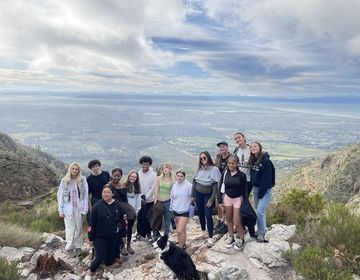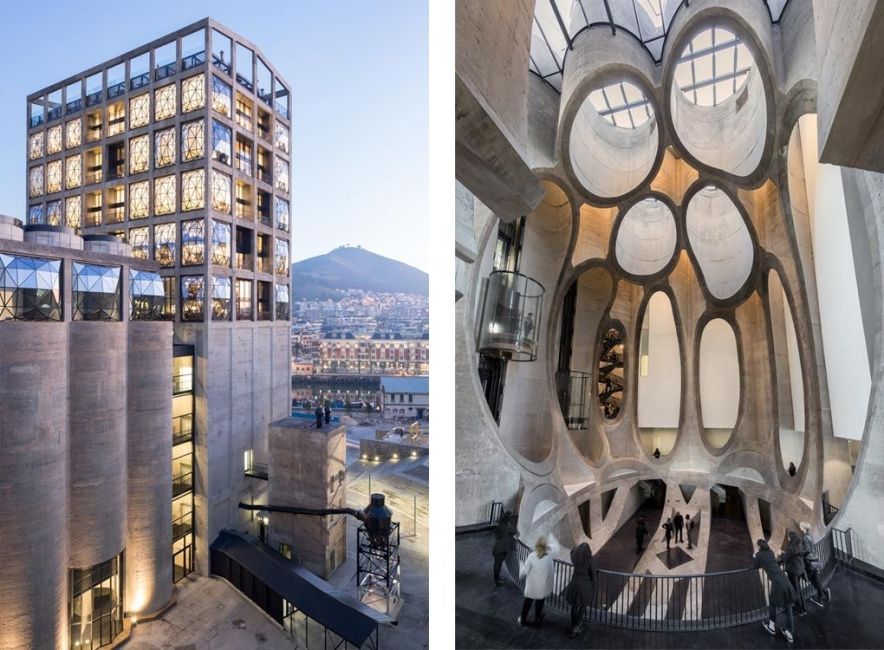The Divide - CJ Hunt
The primary work of public art outside the Zeits MOCAA museum on the Cape Town waterfront is a set of four pairs of interlocking black cars which run along train tracks set into the concrete. They are all varying degrees away from each other, waiting to be pushed together to interlock into neat rectangles. This sculpture is at first glance vague and abstract, any meaning it bears impenetrably opaque. But in fact, it delivers a striking, distinct, and uniquely South African message.
The divide between the cars is quite a familiar one. After all, the Zeits is a distinctly African museum and its work’s subjects trend toward the struggles of various African nations and communities. What other divide could this African, more specifically South African, work refer to then the scars of Apartheid? The divide between these railcars is the divide between the Black and white cultures, the fundamental divide of South African culture. And, like that divide, it seems easy to close. With Apartheid laws cleared out of the way, surely these cars will be easy to push together? But other factors, the divide of poverty or the weight of the cars, keep the chasm open.
Related Posts

Week 3
Students have had a busy (and sunny) past couple of days, and they have taken part in plenty of water activities. Everyone had the chance to search for aquatic wildlife... keep reading
Penguins, Surfing, and African Stew
After getting settled in, students had a very exciting first week. After the weather finally cleared, students have taken part in a wide variety of South African activities. Adventures started... keep reading
Cape Town July 10
Week 1: Students are finally settling in to begin their program in Cape Town. The trip got off to a late start after severe weather caused a flight delay and... keep reading
